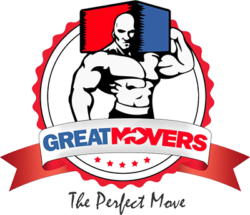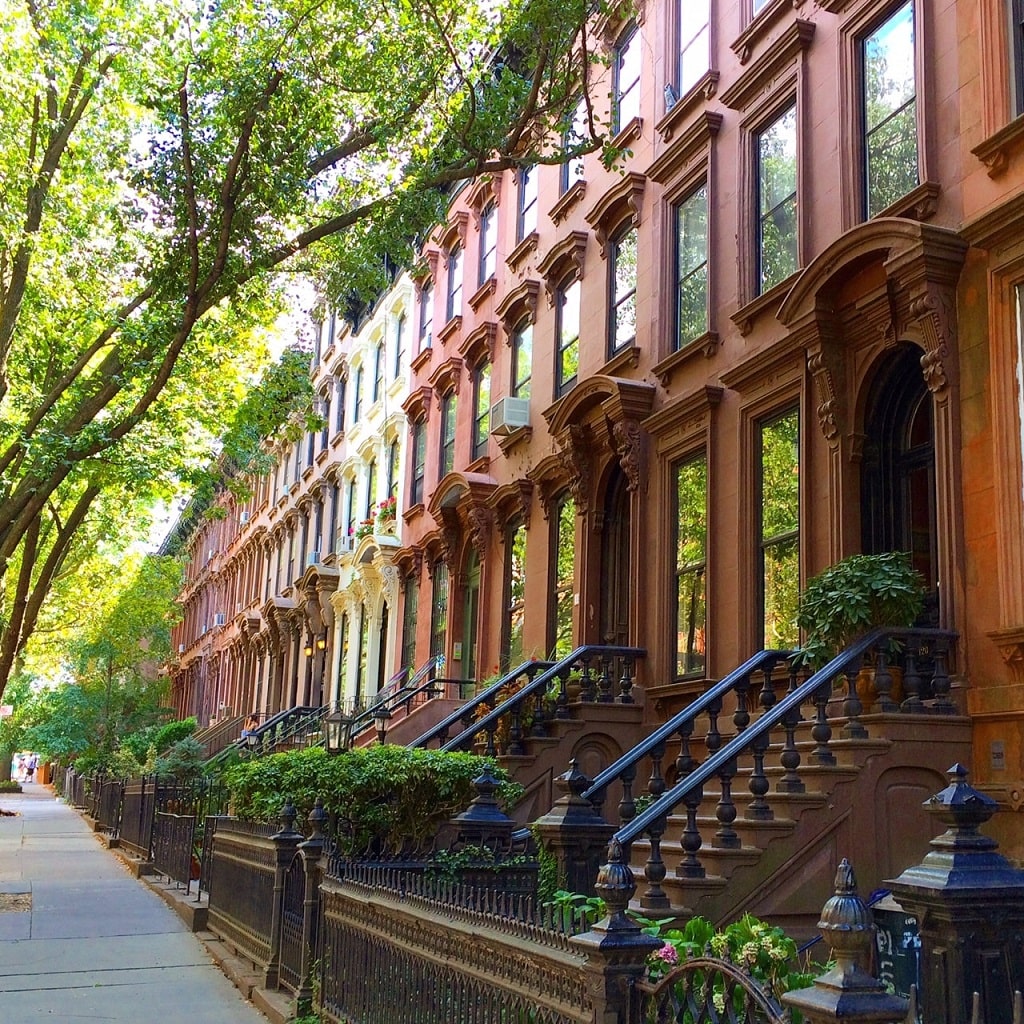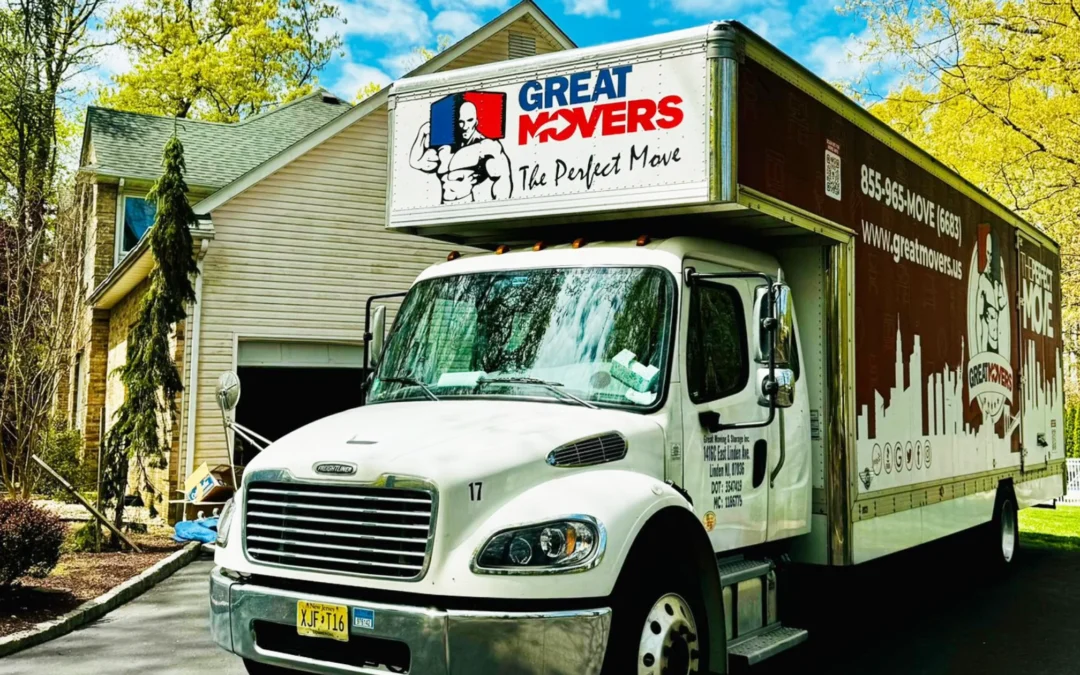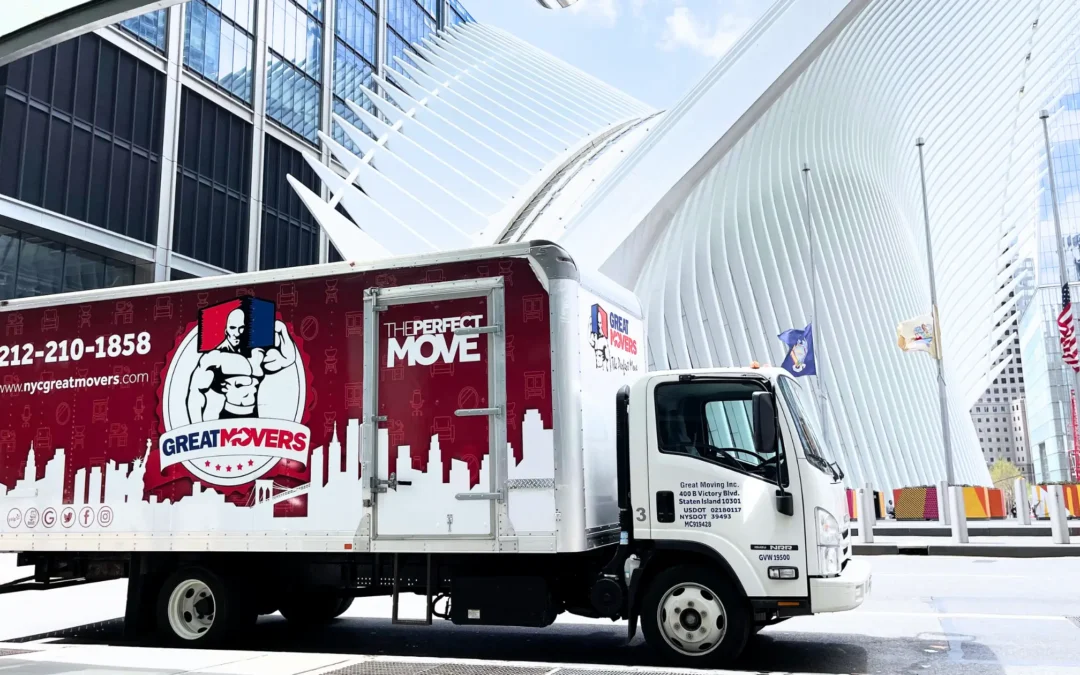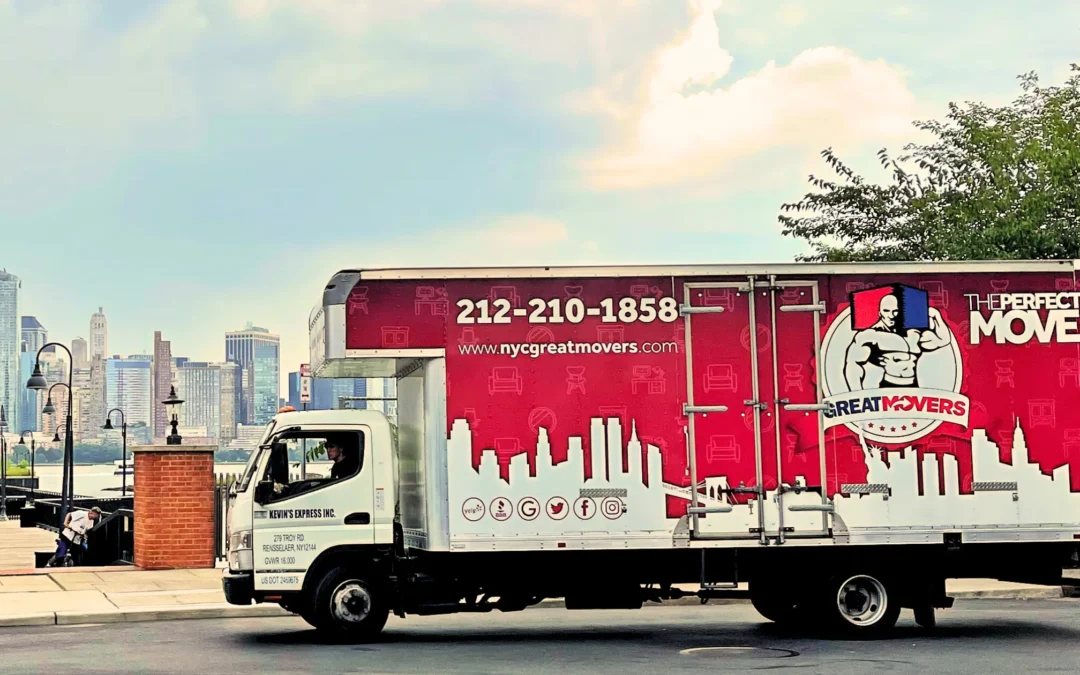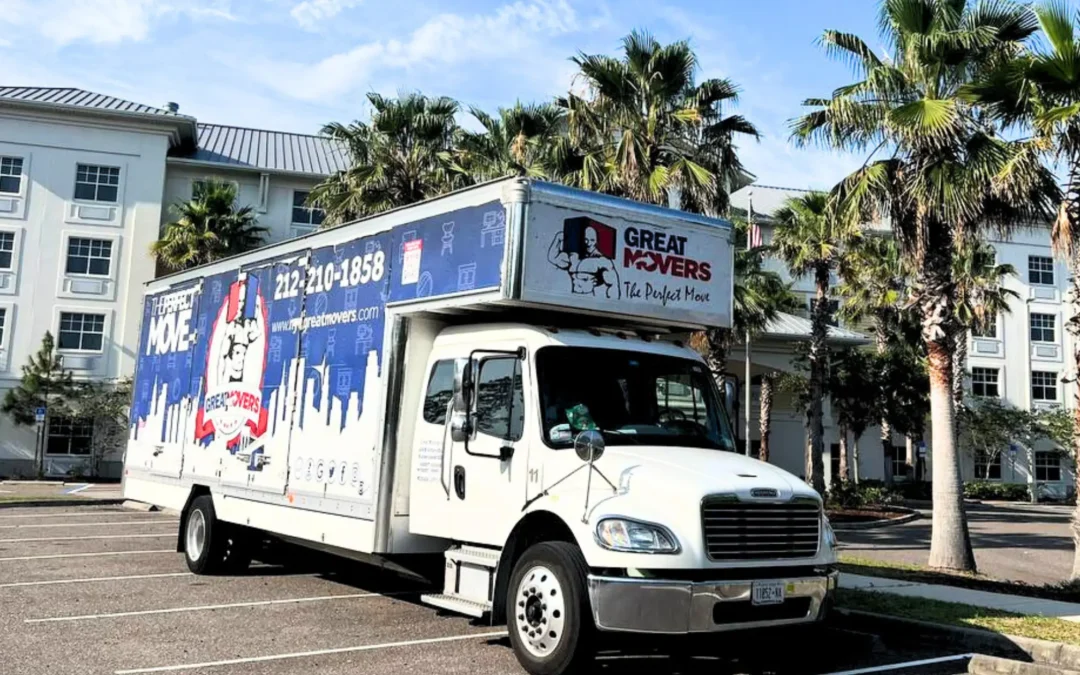Brooklyn is the most populous borough of NYC with a little over 2.6 million residents. It’s also the second most famous right after Manhattan. Plenty of movies, songs, and books have either been set in or at least referenced this highly popular borough. In fact, Brooklyn has become so popular that it actually has more expensive zip codes than Manhattan. However, with over 77 Brooklykn neighborhoods to choose from, you’re bound to find a place to call home.
If you’re looking to move to Brooklyn, but aren’t sure where you want to live, this list of best Brooklyn neighborhoods below can help you on your apartment hunt. There’s definitely something for everyone whether you’re looking for great nightlife or a more quiet residential area. When choosing which Brooklyn neighborhood to move to, make sure you take into the account the following:
- Subway stations – you can access almost every part of Brooklyn via trains, but there are some areas that have less options than others. Are you okay with paying less but having to take a bus to a train? Or maybe the train lines in the area you like don’t take you directly to your place of employment. Transferring can add a lot of extra time to your commute.
- Amenities – some areas have a lot more options than other places. If you want a wide variety of shops, restaurants, music venues, laundromats, grocery stores, etc. moving to a more gentrified neighborhood is probably your best bet
- Flood zone – Many areas of Brooklyn are in low lying areas that tend to flood. You can find a flood zone map of Brooklyn and see if the places you’re interested in are at risk of floods. If you still want to move to the area, make sure to avoid basement and first floor apartments.
- Rent stabilization – Brooklyn has one of the highest concentrations of rent stabilized apartments in NYC. Always ask the broker or landlord about rent stabilization.
Park Slope
Located in northern Brooklyn next to Prospect Park, Park Slope has long attracted people from all walks of life from new graduates to artists. Perhaps one of the biggest demographics in the area are young families. In fact many people joke that they need to constantly dodge strollers when walking around Park Slope because of all the families! It should come as no surprise then that the neighborhood boasts some of the best public and private schools in Brooklyn.
Of course, even if you don’t have a family, Park Slope is a great neighborhood. If you’re a foodie, you’ll love the neighborhood as it boasts three restaurants rated by Michelin as one of the best spots for cheap eats in New York City: Winner, a bakery and cafe, Haenyeo, a Korean-fusion restaurant, and Convivium Osteria, an Italian restaurant. Of course, there are plenty of other options in the area covering a variety of different cuisines. If you prefer cooking yourself, you can head over to the farmer’s market every Sunday to pick up some fresh and locally sourced produce.
When it comes to nightlife, Park Slope doesn’t disappoint. While the bars might not stay open as late as Manhattan, there are still plenty of options from your standard Irish pub to fancier cocktail lounges. Whatever you’re in the mood for, you can most definitely find it in Park Slope without schlepping all the way to Manhattan.
That’s not all Park Slope has to offer. You also have an amazing Park right next door – Prospect Park. Designed by the same people who designed Central Park, Prospect Park offers a nice respite from the busy streets of Brooklyn. You can just hang out in the park or you can visit the Prospect Park Zoo or Brooklyn Botanical Garden, both of which are located inside the park. Once you’ve had enough of nature, you can get your shopping on at the many boutique retailers located in the neighborhood.
All these amenities also mean higher rents. You can expect to pay around $2,000 for a studio apartment and upwards of $3,000 for a one bedroom. For recent grads, it might make sense to start off with roommates in Park Slope until you’re able to save up enough for your own place. Still, it’s worth the cost as you get a lot of the same benefits of Manhattan with a tighter knight community.
Bay Ridge
If you want a quieter and more residential area, look no further than Bay Ridge. While a lot of Brooklyn has changed, going to Bay Ridge is almost like stepping into the past as it hasn’t changed too much in the past 50+ years. Considered one of the oldest neighborhoods in Brooklyn, the area provides a nice mixture of lovely old brownstown apartments and newer buildings.
While Bay Ridge might not be as ‘hip’ as other neighborhoods like Williamsburg, it’s a great place for people who want to get a taste of old New York. Sure, it might be more geared towards residential, but Bay Ridge still has plenty to offer when it comes to food. In fact, it has a dynamic food scene rooted in the cultures of working-class families. You’ll see a lot of Italian, Greek, and Middle Eastern mom-and-pop eateries.
Bay Ridge also has some great schools. There are a total of seven public elementary schools and several nearby public schools. Students can also choose to attend magnet public schools across the city. Of course, there are also private schools such as Xaverian High School and Bay Ridge Prep, both of which have a high grade and graduation rate.
If that’s not enough, Bay Ridge offers amazing waterfront access. You can simply walk along Shore Road Promenade to get some exercise and enjoy the views or you can head to one of the many parks in the area if you want some greenery or want to play a round of basketball with your friends.
Perhaps the one downside to Bay Ridge is its location and proximity to Manhattan. Located off the last stop on the R train (which many New Yorkers like to call the Rarely train as it rarely shows up on time) it can take 45 minutes to an hour just to get to Midtown Manhattan if the trains are running smoothly. Still, if you don’t mind the commute, it’s a great place to live. Plus, it’s still one of the more affordable places to live in NYC with a one bedroom averaging around $1,750.
Bushwick
Bushwick has seen a boom in terms of development and growth since the early 2000s thanks to Williamsburg becoming too expensive for many young artists and musicians. While it might only take up two square miles of Brooklyn, Bushwick has quickly become the actual ‘hip’ place nowadays.
The area is surrounded by Williamsburg, Bed-Stuy, and East New York, making it easy to explore these other neighborhoods. You also have a few options when it comes to train with the L, J, M, and Z lines taking you to different areas in Bushwick. There are also plenty of bus lines that can take you anywhere within Brooklyn.
With that said, you don’t even need to leave Bushwick if you don’t want to. The place has pretty much everything you could ask for, including jobs. In fact, it has become a hub for new entrepreneurs with many startups flourishing including tech companies like Venn and Nooklyn, both real estate apps. There’s also plenty of culture as many artists moved from Williamsburg to Bushwick so it should come as no surprise that there are art galleries galore. There’s also plenty of good restaurants run by locals and a bumping nightlife scene. The neighborhood also has its own brewery called Kings County Brewers Collective. No surprise there as Bushwick once was known as the beer capital of the USA.
With more and more people moving to Bushwick, rents have significantly increased over the past few years with a one bedroom costing almost $3,000! With that said, you can still find apartments that are cheaper, but it might take you a bit longer to find.
Kensington
Just south of Park Slope and Windsor Terrace is the quaint neighborhood of Kensington. This predominantly residential area offers plenty of charm especially in its architecture. The houses run the gamut from brick rowhouses to detached one-family Victorians to regular apartment buildings.
While Kensington remained a well-hidden secret for many years, recently more people have learned about it and have moved in due to a variety of reasons. For one thing, it has decent access to transportation with the F and G line servicing the area and the Q train not too far away. There are also several bus routes that can take you to various parts of Brooklyn. It’s also great for bikers as there are plenty of bike lanes and wide roads that will take you to Prospect Park or, if you like the beach, you can take Ocean Parkway all the way down to Coney Island.
And while it’s a mostly residential area, you don’t have to go too far to find some great eats. In fact, there’s tons of great food located around the area especially if you venture on Cortelyou Road, which is chock full of excellent restaurants such as The Farm on Adderly and Sycamore. If you travel just a bit further north to Flatbush, you can also partake in some delicious West Indian food such as chicken or even goat curry chicken.
Kensington also offers a great school system with four public primary schools and three middle schools. While there aren’t any local public high schools, there are nearby ones in Park Slope, Windsor Terrace, and Flatbush. In addition to schools, the area also has a large public library that offers plenty of activities and, of course, books for everyone in the family.
Kensington’s rents have increased in price due to the recent influx of people, but it still remains cheaper than Bushwick with the average price of a one bedroom costing around $2,000 though you can potentially find some for cheaper.
Downtown Brooklyn
If you want to have access to almost every train line, then downtown Brooklyn is the place to live. Located just west of Brooklyn heights, the tall skyscrapers of downtown Brooklyn will make you feel like you’re living in Midtown or the Financial District. In the past, downtown Brooklyn, while bustling, was more of a retail center. Today, it’s a hub for education, providing a home to New York University Tandon School of Engineering, St. Francis College, Brooklyn Law School, NYC Collect of Technology, and Long Island University.
It is also home to the Barclays Center, a multi use stadium where you can catch some amazing concerts or watch the Brooklyn Nets play some games during the basketball season. When you’re done, you can pretty much walk within ten minutes of the stadium and find something delicious to eat. For the home chef, there are grocery store options including Whole Foods and Trader Joe’s.
When it comes to living here, rents have been steadily increasing. Back in 2007, the area rezoned unused office buildings and other undeveloped lots to create condos and townhouses. As you might expect, these newer buildings tend to be on the pricier side, but you do get some nice amenities including rooftop gardens, viewing platforms, gym facilities, doormen, parking, and more. Of course, there are still plenty of brownstones in the area, making it a perfect location if you want to live in a cozy apartment but still have access to everything NYC has to offer. Rents for this neighborhood range in price, but you can expect to pay around $3,000 for a studio apartment.
Prospect Heights
It might be one of the smallest neighborhoods in Brooklyn, but what it lacks in size it makes up for in gorgeous houses and amenities. If you’re in the market to buy a house, you’ll want to check out the historic tree-lined Vanderbilt Avenue with its well-maintained townhouses and co-ops. There are even some high rise condos that have popped up since the early 2000s. Due to its beautiful streets, proximity to many train lines, and large number of amenities, apartment rents tend to be on the higher side.. You can expect to pay over $3,000 for a studio or one-bedroom apartment.
While some areas of Prospect Heights are more residential than others, the neighborhood itself offers an abundance of activities from checking out the farmer’s market at Grand Army Plaza, going to the Brooklyn Museum, or trying one of the many delicious restaurants in the area.
Transportation-wise you can easily get into Manhattan via the 2,3 train at Grand Army Plaza or the C train at Clinton and Washington Avenue. Or, if you’re up for a walk, you can access almost every trainline at Atlantic Terminal, which is near the northwest corner of Prospect Heights.
Conclusion
There are dozens of neighborhoods in Brooklyn, but the ones listed above are some of the best neighborhoods in Brooklyn to move to regardless of whether you’re a young professional or family. They offer a little bit of everything when it comes to dining, education, public transportation, and nightlife.
If you’re looking to move to one of these Brooklyn neighborhoods, make sure to hire professional movers (like us) as we know our way around all the neighborhoods in Brooklyn.
FAQ
How do I know which neighborhood to move to if I’ve never been to Brooklyn?
You should first figure out what is important to you before moving to a new neighborhood. Do you want a quieter area or one that has a more active night scene? Do you want to be around families or younger folks? All of this can help determine what neighborhood you move to. Of course, the best course of action is to visit these neighborhoods and check out the vibe. If it’s not for you, try someplace else.
Where should I live in Brooklyn if I work in Manhattan?
That depends on what train lines you work off of. Ideally, you’ll want to live in a neighborhood that is right off the train line that takes you to your job. If you can’t find that, find one where you only have to transfer once. You don’t want to have to transfer multiple times in the morning as this can increase your commute time significantly.
What’s the benefit of living in Brooklyn over Manhattan?
Brooklyn tends to be more neighborhood-centric so it can be easier to meet new people once you get to know your area. In many cases, it’s also cheaper. Even if you pay the same amount as an apartment in Manhattan, you’ll often get a larger apartment in Brooklyn.
